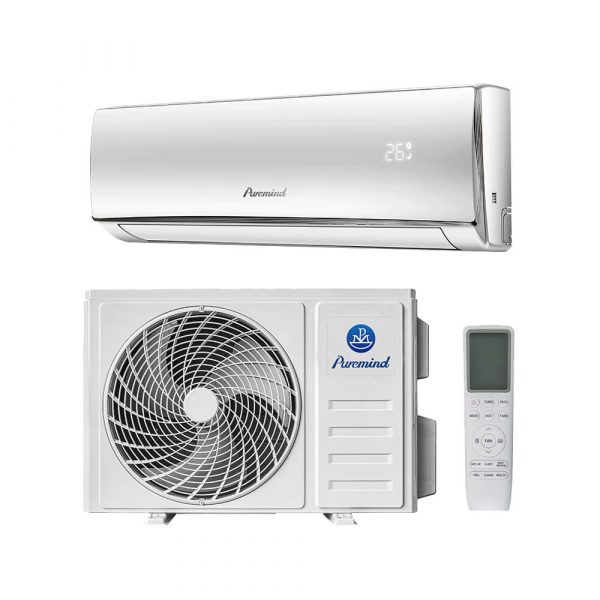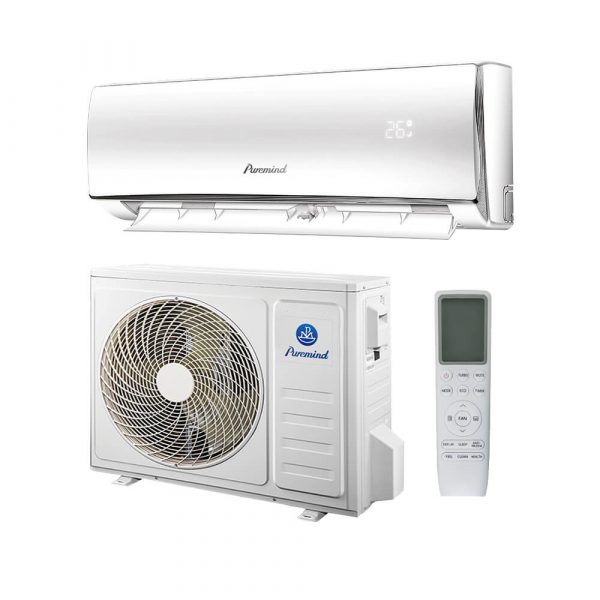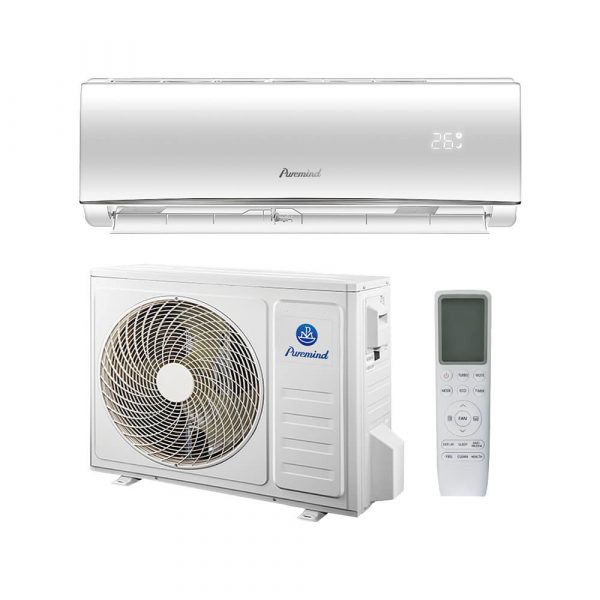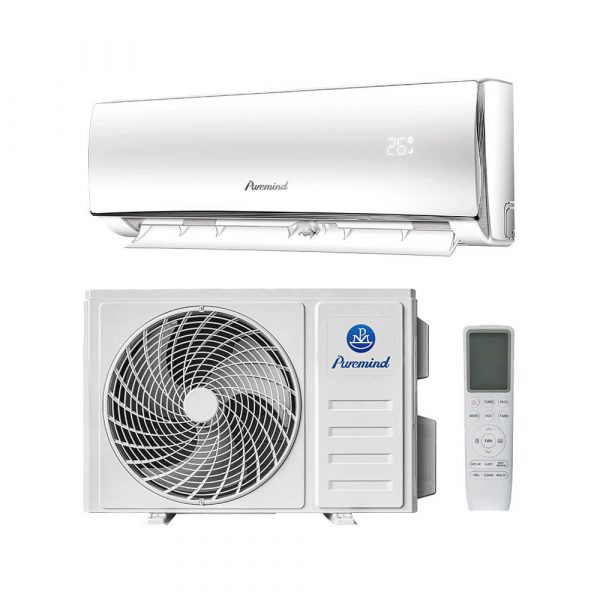Best Split Air Conditioner and Heater: Complete Guide for Wholesalers and Distributors
Finding the best split air conditioner and heater is more than just choosing a cooling unit. For wholesalers, suppliers, and distributors, it’s about understanding what customers truly need—comfort year-round, energy savings, and reliable performance. These systems combine cooling and heating into one package, offering convenience for homeowners and businesses while opening new sales opportunities for HVAC professionals. In this guide, we’ll explore features, costs, applications, and strategies to help you make the most of this fast-growing market.
What Is a Split Air Conditioner and Heater?
A split air conditioner and heater, often referred to as a ductless heat pump, uses an outdoor compressor and one or more indoor air handlers. Unlike traditional HVAC setups that require separate heating and cooling systems, this solution does both jobs efficiently. With no ductwork required, installation is faster and less disruptive, which appeals to both residential and commercial buyers.
Why Are These Systems Gaining Popularity?
Several reasons explain why customers are shifting to dual-function HVAC systems:
- Year-Round Comfort: Provides cooling during hot summers and reliable heating in cold months.
- Energy Efficiency: Inverter-driven compressors reduce energy waste compared to older central systems.
- Quiet Operation: Indoor units run almost silently, which is a major selling point for bedrooms and offices.
- Flexible Installation: Options include wall-mounted, floor-mounted, or ceiling cassette styles.
- Smart Controls: Many models support Wi-Fi connectivity for app-based or voice control.
Best Split AC and Heater Options for Different Settings
Wholesalers should tailor recommendations based on customer needs:
- Residential Homes: Families want energy-efficient comfort without large duct installations.
- Commercial Spaces: Offices and salons appreciate zoning flexibility for different rooms.
- Hospitality Industry: Hotels need quiet, dependable systems to satisfy guests.
- Educational Facilities: Classrooms benefit from stable temperatures for better learning environments.
Cost Considerations
The price of a split air conditioner and heater varies depending on brand, size, and features. On average:
- Entry-Level Units: $1,500 – $2,500 (single-zone models, suitable for small rooms).
- Mid-Range Units: $2,600 – $4,500 (higher efficiency, better capacity, multi-zone options).
- Premium Systems: $5,000 – $8,500 (multi-zone, advanced smart features, eco-friendly refrigerants).
While these may seem costly at first glance, energy savings of 20–40% often help recover the investment within a few years. This makes them attractive not only to homeowners but also to businesses calculating long-term ROI.
Split AC and Heater vs. Traditional HVAC
Customers often wonder why they should choose a dual-function unit over traditional systems. Here’s the comparison:
- Lower Installation Costs: No need to install separate heating and cooling systems.
- Efficiency: Avoids energy loss from ductwork, which can account for up to 30% of wasted energy.
- Space Saving: Compact units free up room compared to bulky furnaces and AC setups.
- Zone Control: Different rooms can be set to different temperatures, unlike central HVAC.
Return on Investment
From a distributor’s perspective, the ROI argument is powerful. Buyers want to know how quickly savings offset the initial cost. A high-efficiency split system can cut bills enough to pay for itself in 3–5 years. For wholesalers, highlighting ROI helps close deals, especially with commercial clients who budget based on operating costs.
Installation and Maintenance
These systems are easier to install than ducted HVAC, but still require certified technicians. Maintenance is minimal, usually involving filter cleaning and routine inspections. Wholesalers can strengthen customer loyalty by providing training materials, manuals, and after-sales support to contractors. This positions your business as a trusted partner rather than just a supplier.
How Wholesalers Can Market These Systems
Practical strategies include:
- Promoting dual-functionality as a cost-saving advantage.
- Highlighting Energy Star certification for eco-conscious buyers.
- Offering flexible financing and warranty packages.
- Listing products clearly in catalogs such as split air conditioner collections.
Future Trends in Split AC and Heater Technology
- Eco-Friendly Refrigerants: Wider adoption of R-32 and low-GWP options.
- Smart Building Integration: Systems connected with IoT and building management tools.
- Renewable Compatibility: Integration with solar and geothermal systems for greener operations.
- Compact Multi-Zone Systems: Smaller footprints with increased performance.
External Market Insights
According to HPAC Engineering, demand for all-in-one heating and cooling solutions continues to rise as global efficiency standards become stricter. Wholesalers who expand their split system offerings now will be better positioned to capture this demand.
Conclusion: Why These Systems Are a Smart Choice
The best split air conditioner and heater units are not just products—they represent a shift in how consumers and businesses approach comfort. For wholesalers, suppliers, and distributors, these systems offer high sales potential, strong ROI for customers, and alignment with sustainability goals. By promoting energy efficiency, providing training, and supporting installers, you can grow your business and establish authority in the competitive HVAC market.







